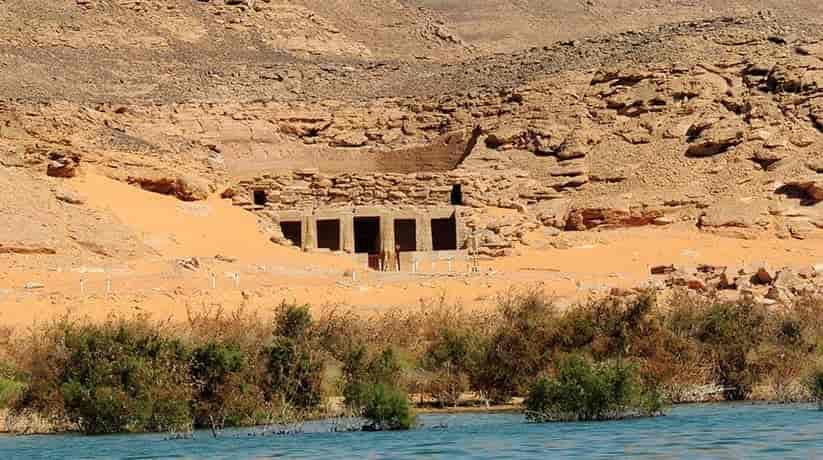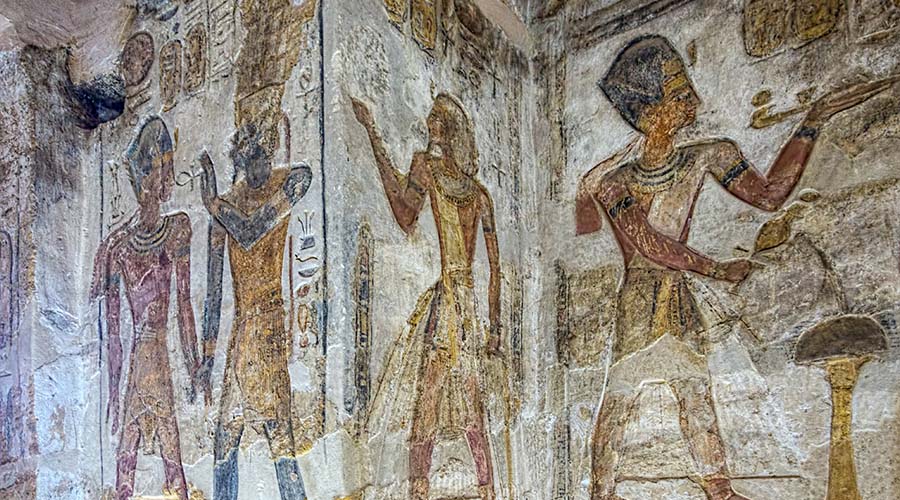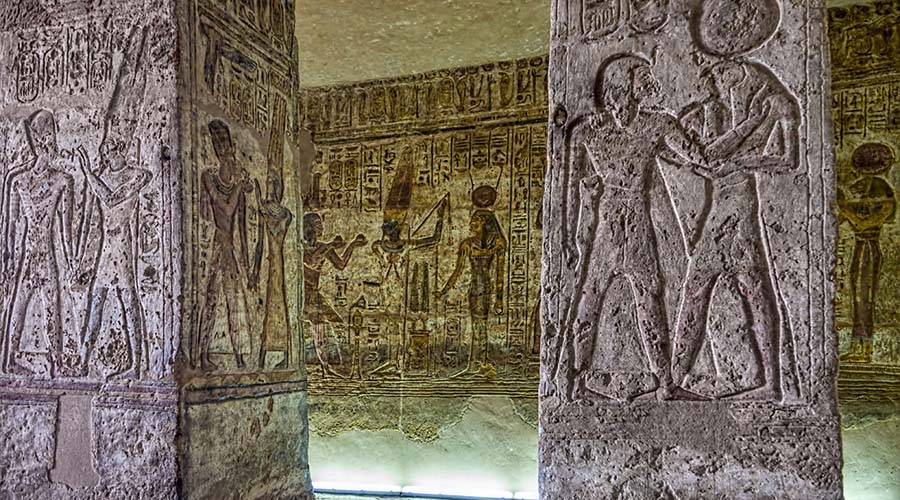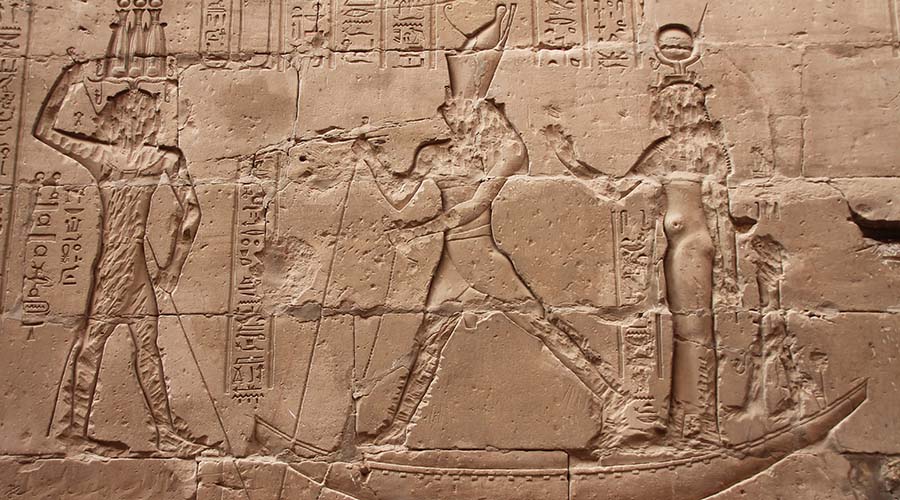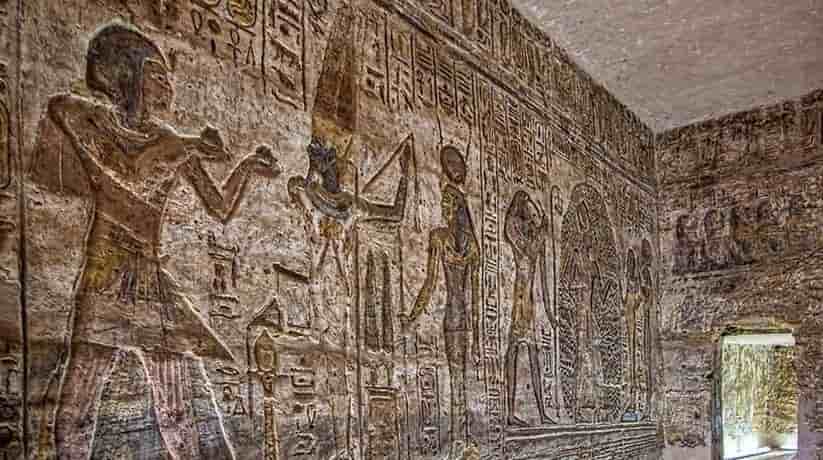El Derr temple Aswan Egypt tours, prices, booking, reviews
El Derr temple Aswan located 280 kilometer south of Aswan, Egypt. In fact, the temple is Nubian temple which hewn out of the rock. Moreover, the temple dismantled in 1964 to save it from the waters of Lake Nasser. It was after the construction of Aswan High Dam. El Derr temple moved to a new location which is close to Amada temple. The temple built during the 30 years of Ramses II reign. It was to celebrate his Sed festival. In fact, the temple is similar in many respects to his other Speos style monuments in Nubia. In fact, some of the temple’s decorations lost due to its use as a church by early Christians. However, many scenes remain at the temple. The scenes include one which depicts a procession of Ramses II children with girls on one side of the temple.
The boys are on the other side. In fact, it was a theme which used often by Ramses II. Nothing remained of the pylon which stood in front of the temple. What remains of the temple is a cut into a cliff. Today, it consists of two pillared halls and the rear sanctuaries, all oriented north-south. The first, cut into the rock which uses masonry for roofing slabs. It measures about fifteen by twelve meters and has three rows of four pillars. The third row consists of engaged Osiride Pillars of Ramses II which are larger than the others. This is a typical theme in many of Ramses Nubian temples. Though here, the arrangement does not conform to the usual one. The pillars and adjoining statues face the central axis of the temple. It is instead to face the entrance.
Further details about El Derr temple Aswan:
In this first hall, there are low relief scenes on the side walls which cover topics of war. On the rear wall there are scenes of triumph. The second hall follows the axis of El Derr temple Aswan. It measures twelve by thirteen meters and is five meters high. It contains six, tapered pillars mounted on projecting bases and surmounted by transverse architrave. Here, the process of laying out the plan and the low relief work carried out inaccurately. The ceiling covered with stucco and then painted with a series of vultures along the center axis. Along the upper part of the walls runs a frieze of uraei alternating with the royal cartouche of Ramses II. Lower on the walls are scenes of a religious motif. In fact, it includes Ramses II’s jubilees and his purification. It also includes the reception of the bark.
Other scenes depict Shu, Tefnut and Montu. On the sides of the pillars, there are depictions of Pharaoh and a deity. They include Weret-hekau, Menhit, Ptah and Amun-Re. The temple features a sculptured palm-tree against which the king leans. It is while the king Ramses II makes an offering to Amen-Ra. The trunk given with elaborate truthfulness. The branches, though are correct and graceful in curvature. El Derr temple has conventional lotus. They are almost the only vegetable forms which appear on the walls of the temple. The second pillared hall of the temple gives way to three chapels. The center of these sanctuaries intended to contain the sacred bark. In fact, it indicated by depictions of priests who carry the boat on the walls.


